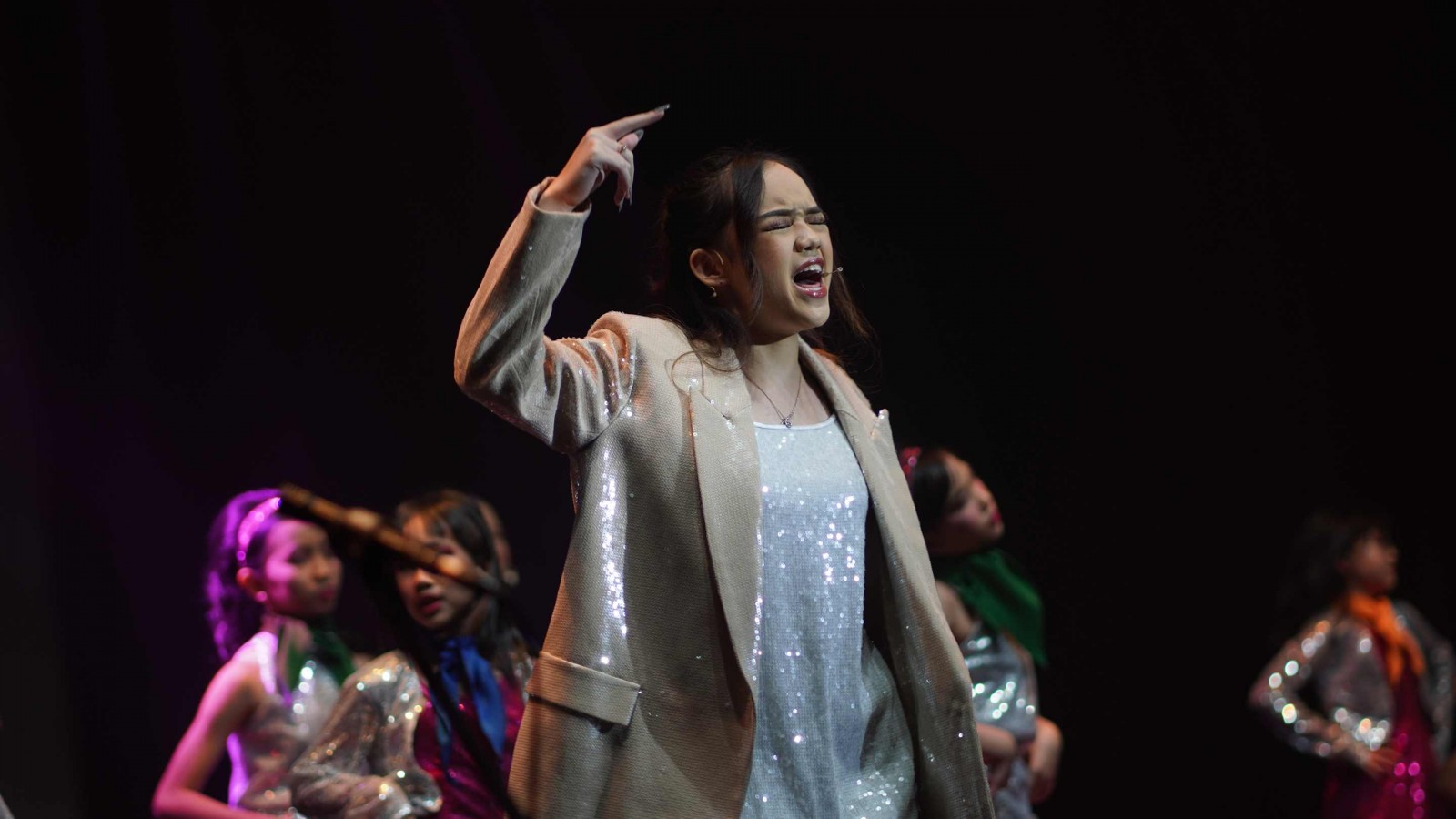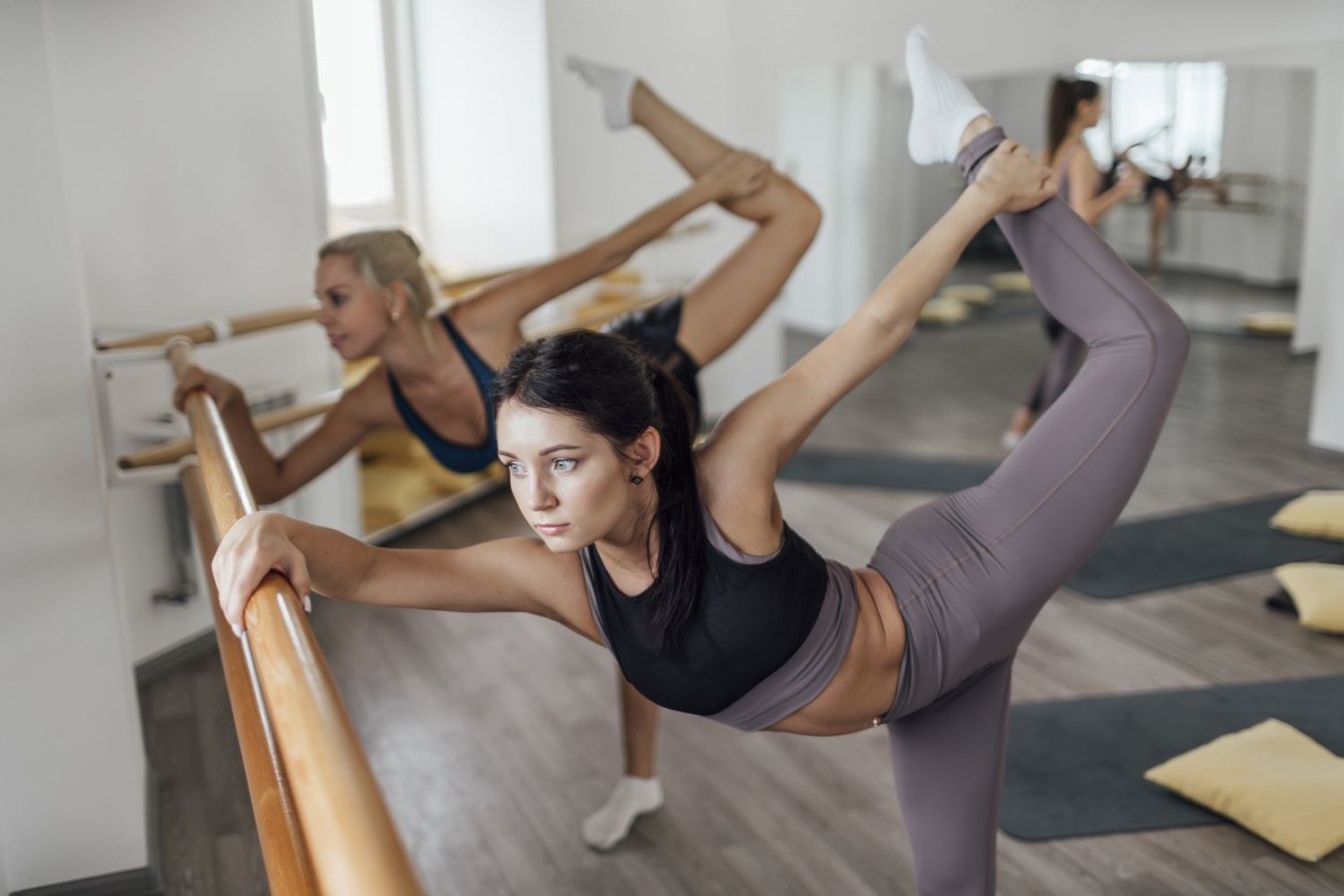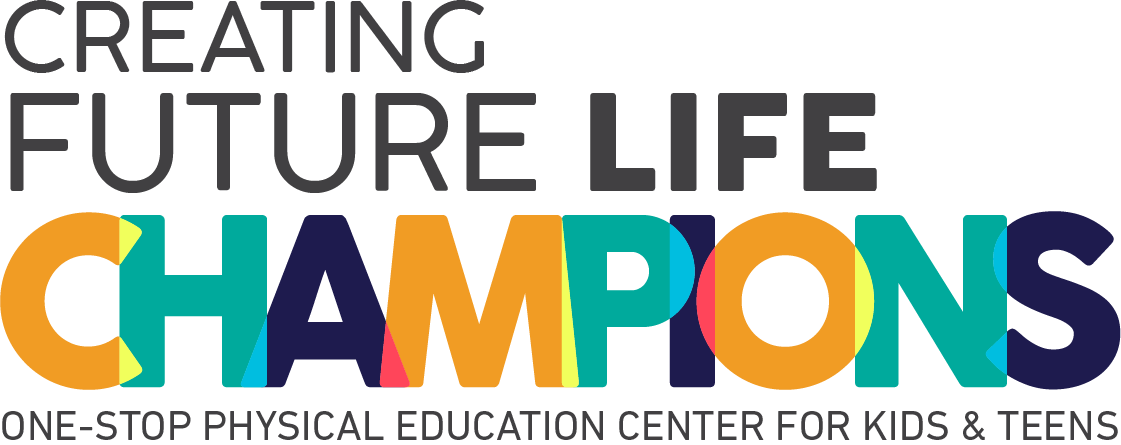Gross Motor Skills Development From Birth to 5 Years

The first five years of a child's life mark a critical period for development, and one of the key areas of focus during this time is the acquisition of gross motor skills. As children embark on their journey of growth and discovery, the acquisition and refinement of gross motor skills play a pivotal role in shaping their physical prowess.
Gross motor skills involve the coordination and control of large muscle groups, enabling activities such as crawling, walking, running, jumping, and other physical movements.
This article explores the journey of gross motor skills development from birth to five years, emphasizing the significance of each stage in a child's physical and cognitive growth.
What Are Gross Motor Skills?
Gross motor skills refer to the abilities that involve the use of large muscle groups and the coordination of movements to perform various physical activities. These skills are crucial for activities that require whole-body movement and coordination, such as walking, running, jumping, and playing sports.
Gross motor skills are distinct from fine motor skills, which involve the use of smaller muscle groups and are related to tasks like writing, drawing, and manipulating objects with precision.
The development of gross motor skills begins in infancy and continues to progress through childhood. In the early stages, infants learn to control their head movements, roll over, crawl, and eventually walk. As children grow, they refine their abilities to move and coordinate their bodies, leading to more complex activities and physical accomplishments.
Gross Motor Development Milestones
Gross motor development milestones encompass a series of achievements related to the acquisition and refinement of large muscle group control and coordination. These milestones provide a framework for assessing a child's physical development. Here's an overview of gross motor development milestones across different age ranges:
A. 0–3 months
In the first three months, infants develop basic gross motor skills like holding their head up briefly while lying on their stomach and beginning to move their arms and legs spontaneously.
B. 3–6 months
Between three to six months, babies progress to rolling from stomach to back, sitting with support, and exhibiting initial attempts at crawling or scooting.
C. 6–9 months
At this stage, infants sit without support, pull themselves to a standing position, and may take their first independent steps, marking significant strides in gross motor development.
D. 1 year
By the first year, toddlers can walk independently, climb stairs with assistance, and demonstrate basic ball-handling skills such as throwing.
E. 2 years
Two-year-olds refine their gross motor skills by jumping with both feet, kicking a ball, and gaining more control in running and other locomotor activities.
F. 3 years
At three, children exhibit increased coordination in activities like climbing, pedaling a tricycle, hopping on one foot, and handling basic sports-related movements.
G. 4 years
Preschoolers refine their gross motor skills by mastering activities like skipping, jumping over objects, and further improving their throwing and catching abilities.
H. 5 years
By age five, children showcase advanced gross motor skills, including riding a bicycle without training wheels, skipping with ease, and displaying more refined coordination in various physical activities.
Different Types of Gross Motor Movements
Gross motor movements encompass a variety of actions involving large muscle groups and coordinated body movements. These actions play a crucial role in fundamental physical activities. Here are different types of gross motor movements:
1. Locomotion
This type of gross motor movement involves the ability to move from one place to another. Locomotion skills include fundamental activities such as walking, running, jumping, hopping, skipping, and galloping. These movements are essential for navigating the surrounding environment and engaging in various physical activities.
2. Stationary Skills
Stationary skills refer to gross motor movements performed while in a stationary position or within a confined space. This category includes activities such as balancing on one foot, holding a static position like standing or sitting, and maintaining stability. Stationary skills contribute to overall body awareness and control.
3. Manipulation
Manipulation involves the ability to move and control objects in a coordinated manner. Gross motor manipulation skills include throwing, catching, kicking, hitting, and other object control activities. Developing manipulation skills enhances hand-eye coordination, spatial awareness, and the ability to interact effectively with the surrounding environment.
Signs of a Child with Delayed Gross Motor Development
Signs of delayed gross motor development in a child may become apparent if they exhibit clumsiness, struggle with an unsteady gait, making it challenging to navigate steps.
Additionally, difficulties in tasks like tying shoes or completing arts-and-crafts projects could be indicative of delays in the development of their large muscle coordination and control.
If you observe these signs, it's advisable to consult with your pediatrician for a thorough evaluation. Early intervention and professional guidance can be instrumental in addressing any potential developmental concerns and supporting your child's overall well-being.
Enhance Your Child's Gross Motor Skills Today!
The journey of gross motor skills development from birth to five years is a dynamic and multifaceted process. Each stage builds upon the foundations laid in the previous one, and parental involvement is crucial for guiding and supporting a child's progress.
Wondering how to give your child the best start in early childhood education? Explore the enriching world of learning at Rockstar Academy, where education meets excitement. Through our free trial program, your child can explore the unique combination of Sports & Performing Arts academy activities that form the core of our children’s gross motor skills.
Simply contact Rockstar Academy to secure your free trial class of your desired ones. At Rockstar Academy, we believe in nurturing young minds to become the stars of tomorrow!
FAQ
1. What are examples of gross motor skills?
Examples of gross motor skills include activities that involve the use of large muscle groups and coordination, such as walking, running, jumping, throwing, and climbing.
2. What are gross and locomotor skills?
Gross motor skills encompass a range of movements involving large muscles, while locomotor skills specifically refer to movements that propel an individual from one place to another. Locomotor skills include walking, running, hopping, skipping, and jumping.



